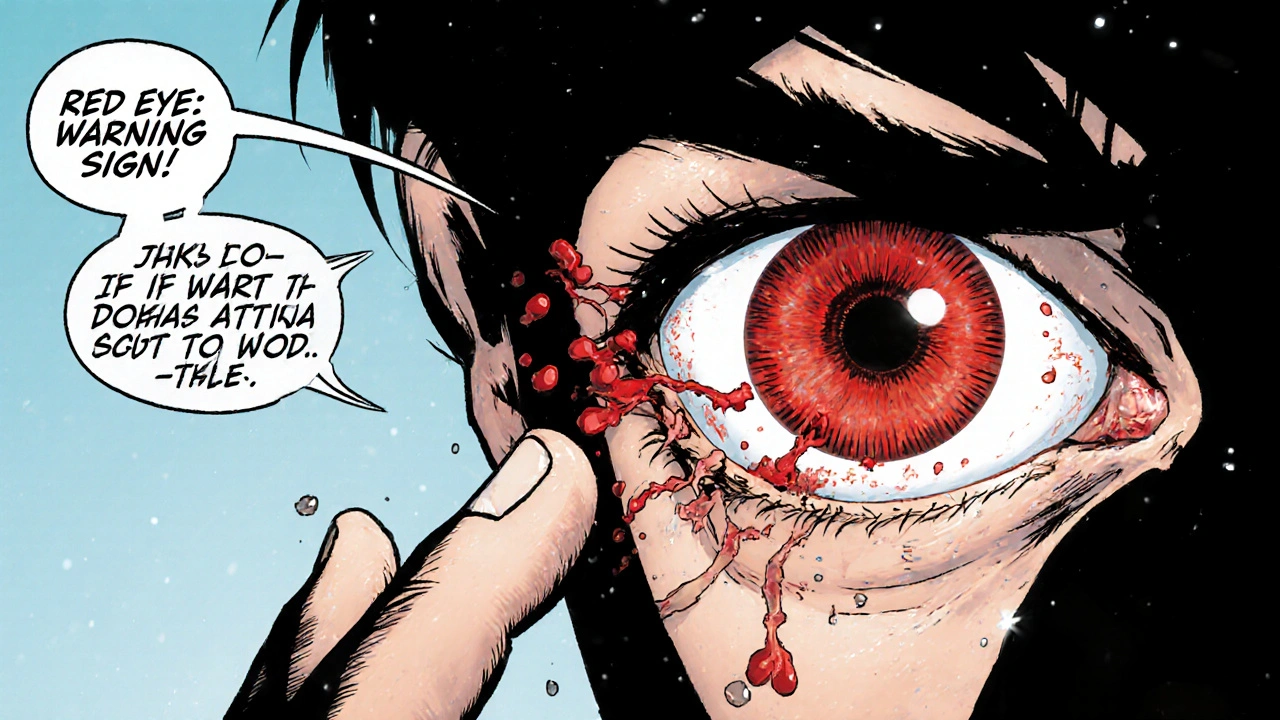Learn which eye infections cause redness, how to tell them apart, and the best treatments to clear up a painful red eye fast.
Conjunctivitis Treatment: What Works, What Doesn’t, and How to Choose
When your eyes turn red, feel gritty, or leak discharge, you’re likely dealing with conjunctivitis, an inflammation of the thin membrane covering the white part of the eye and inner eyelids. Also known as pink eye, it’s one of the most common eye problems—and it’s not always what you think. Many people assume it’s just a minor annoyance, but the cause changes everything. Viral, bacterial, and allergic conjunctivitis each need different approaches. Getting it wrong can waste time, worsen symptoms, or even spread the infection to others.
You can’t treat all types the same. viral conjunctivitis, often linked to colds or flu viruses usually clears on its own in 7–14 days. No antibiotics help here—they won’t touch a virus. Cold compresses and artificial tears are your best friends. On the other hand, bacterial conjunctivitis, marked by thick yellow or green discharge often needs prescription eye drops. Left untreated, it can linger for weeks and sometimes damage the cornea. Then there’s allergic conjunctivitis, triggered by pollen, dust, or pet dander. This one doesn’t spread, but it can make your eyes swell, itch, and water nonstop. Antihistamine drops or avoiding triggers are the go-to fixes.
What you shouldn’t do is grab random eye drops from the shelf or rinse your eyes with tap water. Neither helps—and both can irritate further. Even home remedies like tea bags or honey aren’t backed by solid science. The real question isn’t just how to treat it, but how to figure out what kind you have. Redness alone doesn’t tell you. It’s the discharge, the itching, the timing, and whether others around you are sick that point to the cause. If symptoms last more than a week, get worse, or affect your vision, see a doctor. No home fix replaces a proper diagnosis.
Below, you’ll find real-world guides on managing eye infections, comparing treatments, and avoiding common mistakes. Some posts break down what actually works in the clinic versus what’s just internet advice. Others show you how to tell if it’s allergies or an infection—without stepping into a doctor’s office. You’ll also see what medications are safe for kids, how to prevent spreading it to your family, and when it’s safe to go back to work or school. No fluff. Just what you need to fix your eyes and keep them healthy.

